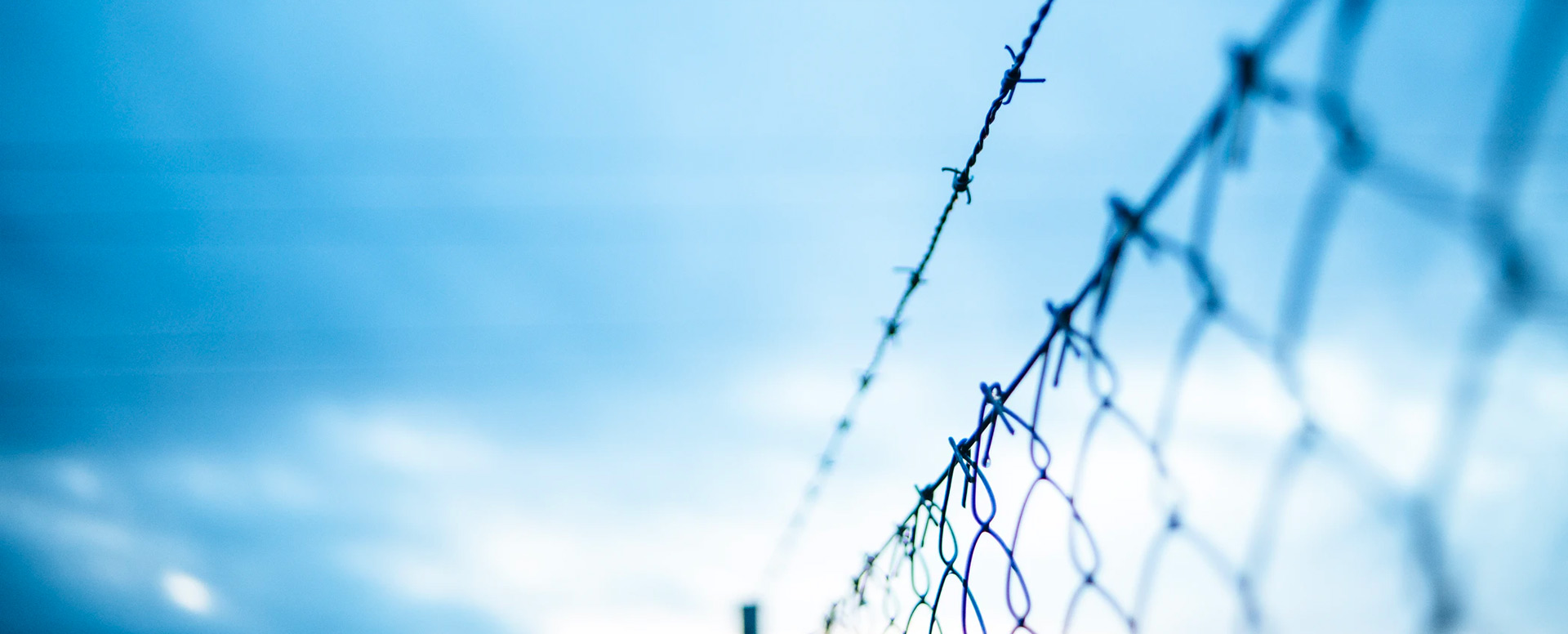The cultural association artway of thinking endeavours to consider reality from the perspective of creativity in order to express forms and languages in specific contexts and communities according to prior observations. It normally works with groups and uses interdisciplinary methods with the aim of developing collective and participatory visions. One of the artway of thinking projects involved working, for four months, with asylum seekers and beneficiaries of humanitarian protection programmes to give them educational and therapeutic assistance with the aim of strengthening their skills and personal autonomy. Through the practice of diverse interdisciplinary activities, the participants were able to express their concerns and better assess their abilities when managing on their own in the host country.
We enter the flat and are met by A.’s wide eyes and H.’s distant ones. We shake hands and start work. It is December 2018.
We will be visiting the flats of the project SPRAR Disagio Mentale e Disagio Sanitario aimed at migrants with mental and physical disorders in Bologna, coordinated by CIDAS – Cooperativa Sociale until March 2019.
For four months we have been working with non-chronic vulnerability asylum seekers and international humanitarian protection holders, who the SPRAR programme offers educational, therapeutic and rehabilitative support on the path to regaining and strengthening their own skills and personal autonomy.
These are men born between 1988 and 2000, some of them with recognised psychiatric problems and/or chronic medical diseases, who escaped from their own houses, scarred by the violent experience of the journey through the Mediterranean Sea. They embody the hope for a better future for themselves and their faraway families. They come from Guinea, Niger, Pakistan, Cameron, Nigeria, Senegal, Ivory Coast, Morocco, Guinea Bissau, Libya, Gambia and Albania.
We find out they attend carpentry, tailor, cooking and electrotechnics courses.
We discover their passions: music, football, theatre, cooking, praying, painting, circus, martial arts and assisting elderly people.
W. speaks fluent Italian and five more languages from his region. Y. likes fixing anything he finds: some say he once built a tree house in a park in Bologna but no one really knows where exactly.

Their evasive eyes hold back their past, their memories are kept hidden under the skin marked by the scars of traumatic events.
Their stories are voices in the mist: one lived more than a year on the street; another comes from several welcoming SPRAR programmes that failed and he now seems to have found stability despite the disruption caused by past traumas. He suffers from anxiety and severe memory loss that deeply distress him emotionally. One has a history of abuse but no one knows the whole story; one suffers from insomnia and flashbacks to the migratory experience, and has problems of time and space orientation; one can barely establish relations and tolerates living with other people, overreacts to denials and curls up in a ball; one suffers from post-traumatic stress; one needs to be constantly clinically checked for brain aneurysm.
We entered the flats bringing our rich and fragile individual experiences, together with the knowledge acquired in similar projects with snark (Villa Aldini, Italy), artway of thinking (called BOA Percorsi In Terra Straniera) and Love Difference (Marsa Open Centre, Malta) and our will to let beauty and complexity merge through creative transformation actions.
We have been communicating in Italian, English and French, but also learning to understand each one’s movements: silences, absences or peeping into the room are also messages, and gestures are truth here.
The living spaces are quite empty and impersonal, not welcoming or inviting to stay and take care. We created a list of needed furniture such as night and living room tables, floor and desk lamps, vases, arm chairs, carpets, shoe racks, and so on, and we then launched a crowd furniture campaign on the social networks to provide this.
Using simple experiential practices we could lead participants through activities that allowed them to express their talents and appreciate their skills
The co-creation process resulted in an artwork, a symbolic creative action that allowed the residents of the house to mark their passage there. The participants choose a wall in the house and draw a tree as a symbol of growth and hospitality, whose leaves will be added by present and future guests. Simple creative gestures that mark a presence on the journey and, step by step, widen and enrich the foliage.
During the closing days of the project we invited the public to visit the flats. For many, it was the first time in a welcome centre. On that occasion I. – a new guest of the house ‒ took a brush and painted a bird on the tree. In Afghanistan he was a decorator, and he showed us pictures of big wall works he had done. While telling his story he offered cardamom coffee as his eyes shone. We continued drawing new lines on the wall with an inner serenity.
Using simple experiential practices we could lead participants through activities that allowed them to express their talents and appreciate their skills. The programme developed everyday care of the living space and generated new interactions thanks to contemporary artistic languages and creative practices.
Creativity ‒ seen as an energy that exists in every human being – was the common denominator of the activities proposed in this project. We started a process to merge the transformative potential of a group of people and valued the role of social workers as indispensable coordinators of a rehabilitation programme that involves personal growth.



